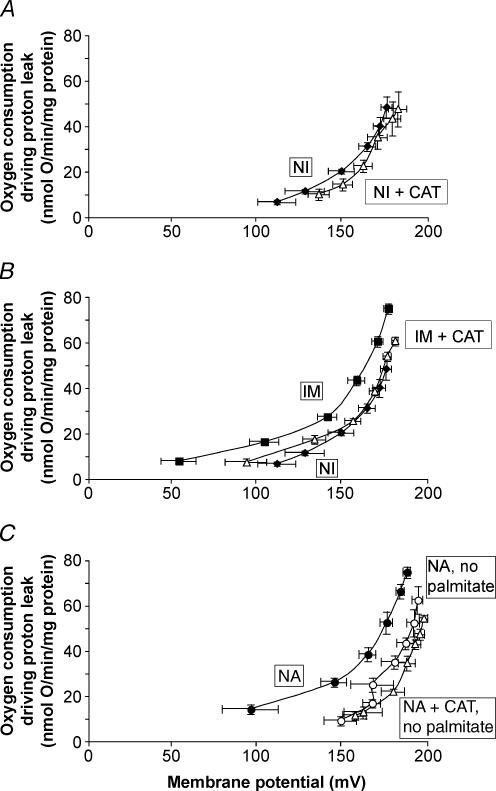Figure 5. ANT-mediated, fatty acid-dependent mechanism of increased basal proton conductance of skeletal muscle mitochondria from never-immersed and naturally adapted penguins.
For details see Methods. A, little carboxyatractylate (CAT)-sensitive proton conductance in skeletal muscle mitochondria from never-immersed (NI) penguins: ♦, control (n = 5); Δ, plus 1.2 μm CAT (n = 4). B, inhibition of ANT in skeletal muscle mitochondria from experimentally immersed (im) penguins strongly attenuates the difference in proton conductance between mitochondria from immersed and never-immersed penguins: ♦, ‘never-immersed’ proton conductance (n = 5); ▪, ‘immersed’ proton conductance (n = 6); ▵, ‘immersed’ plus 1.2 μm CAT (n = 6). C, omission of palmitate strongly decreases the ANT-mediated leak of skeletal muscle mitochondria from naturally adapted penguins: •, proton conductance of skeletal muscle mitochondria from naturally adapted (NA) penguins plus 0.3% BSA and 150 μm palmitate (n = 8); ○, ‘naturally adapted’ plus 0.3% BSA but omitting palmitate (n = 6); ▵, ‘naturally adapted’ plus 0.3% BSA and 1.2 μm CAT but omitting palmitate (n = 5). Data are means ± s.e.m.

